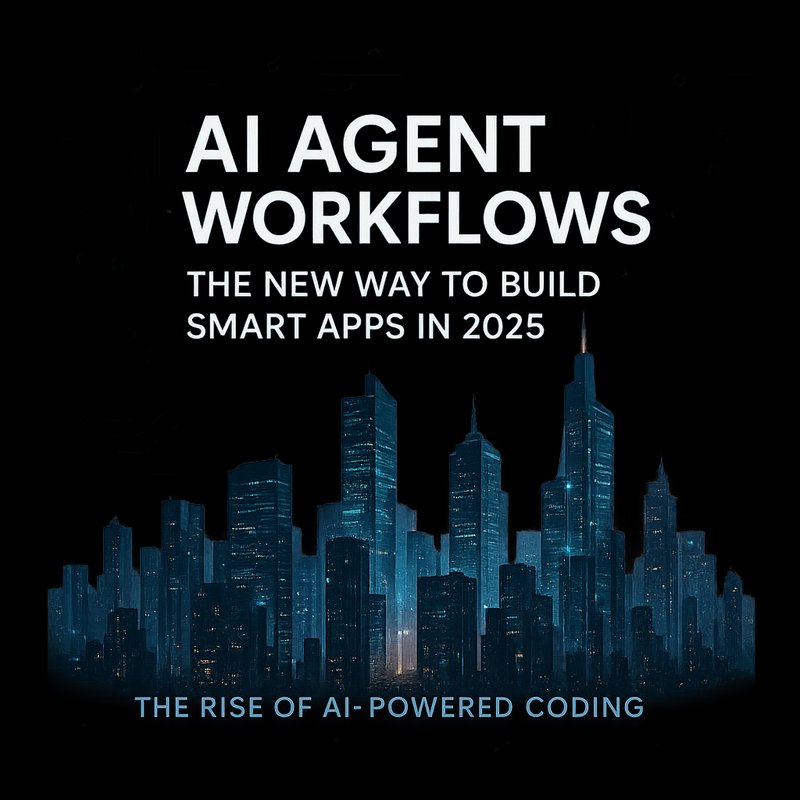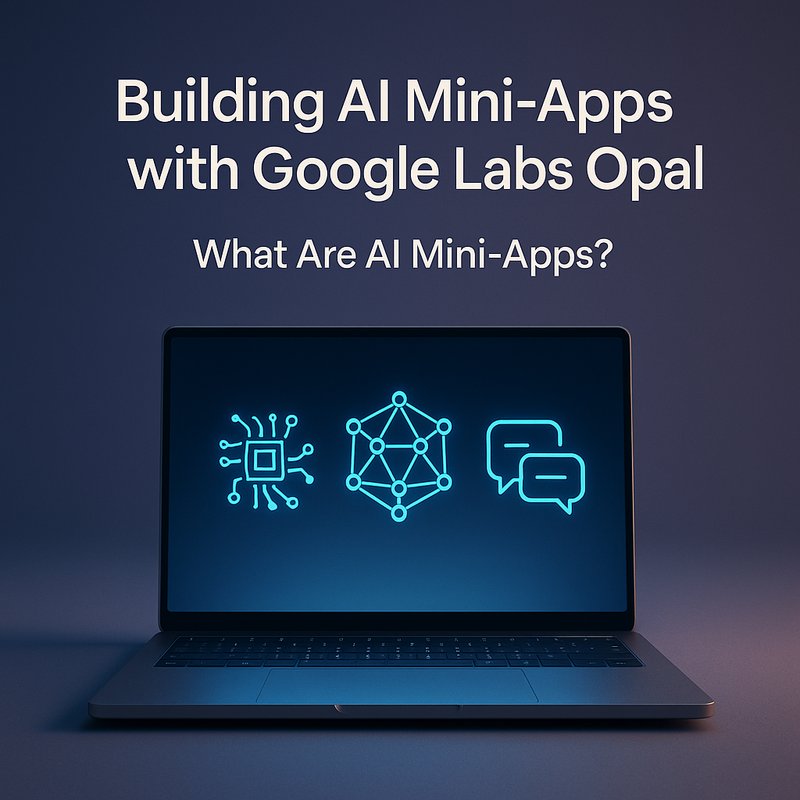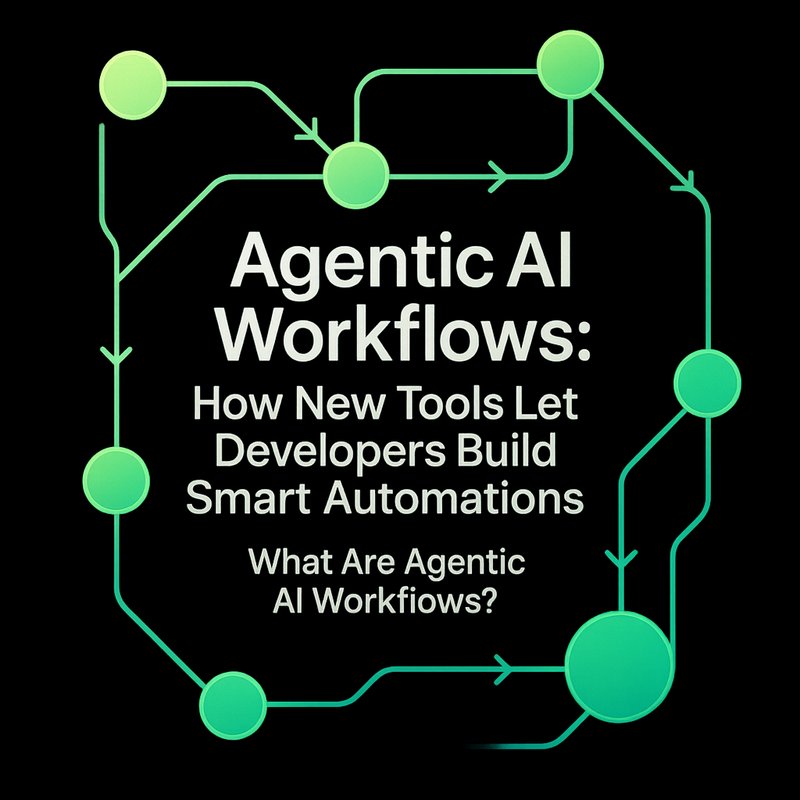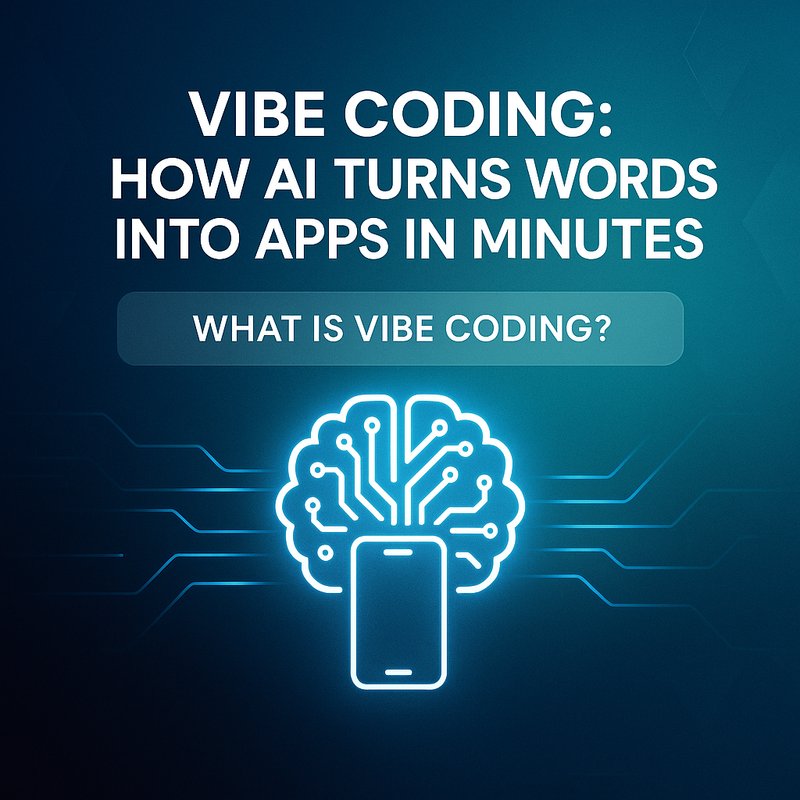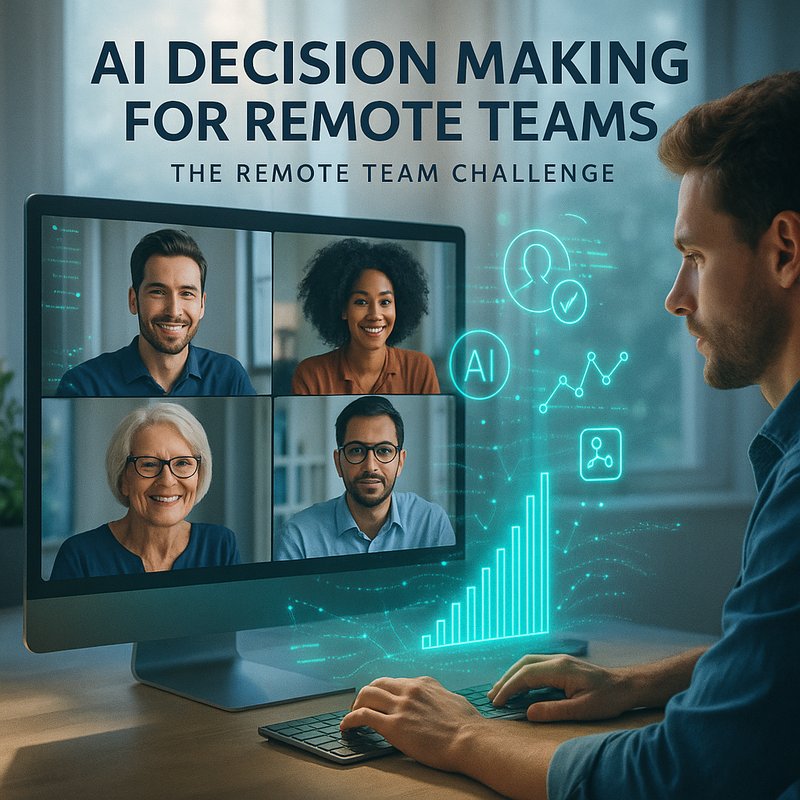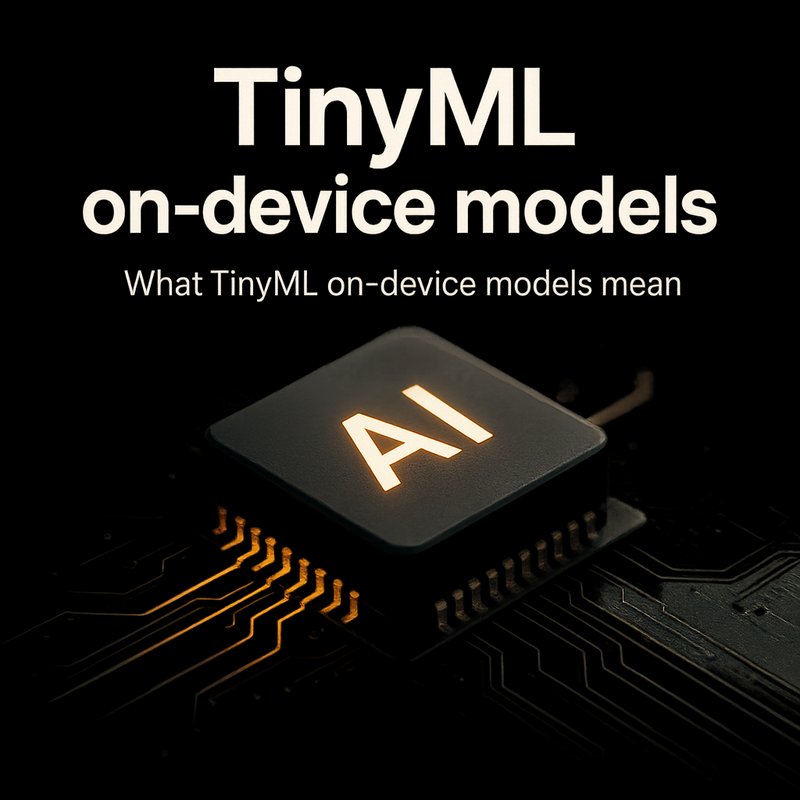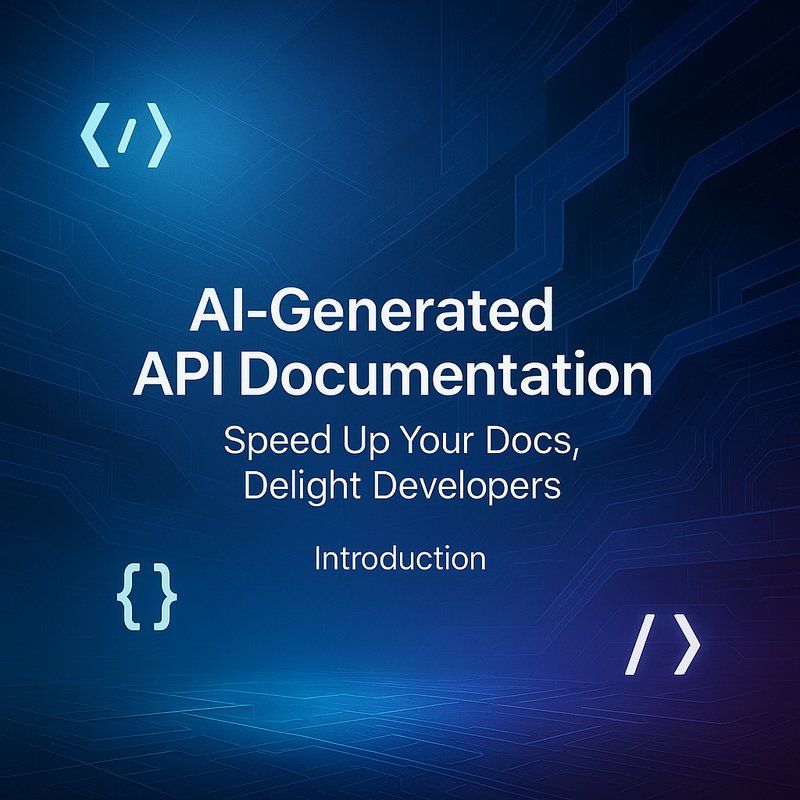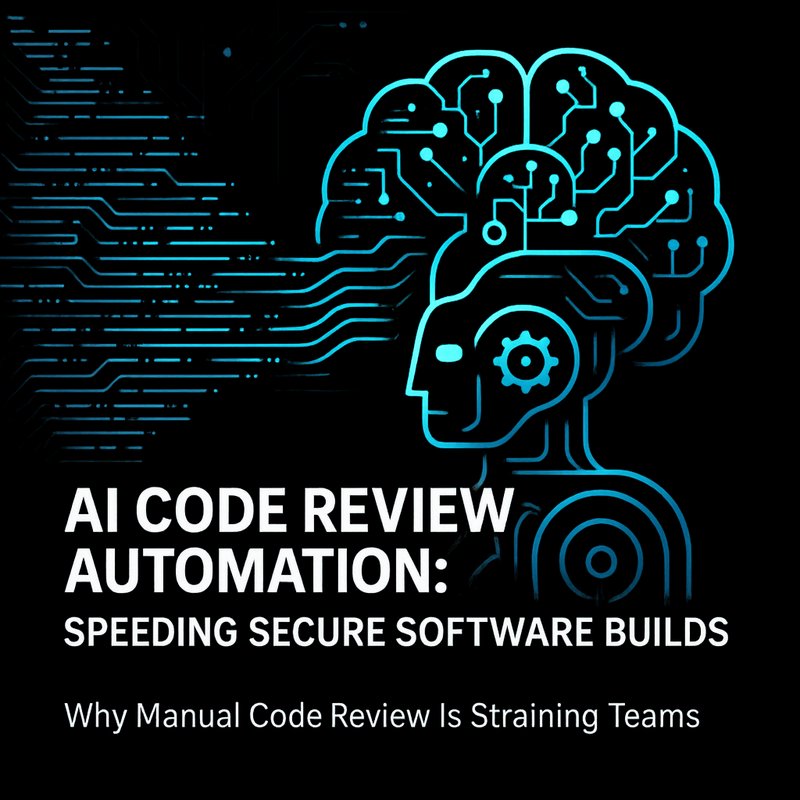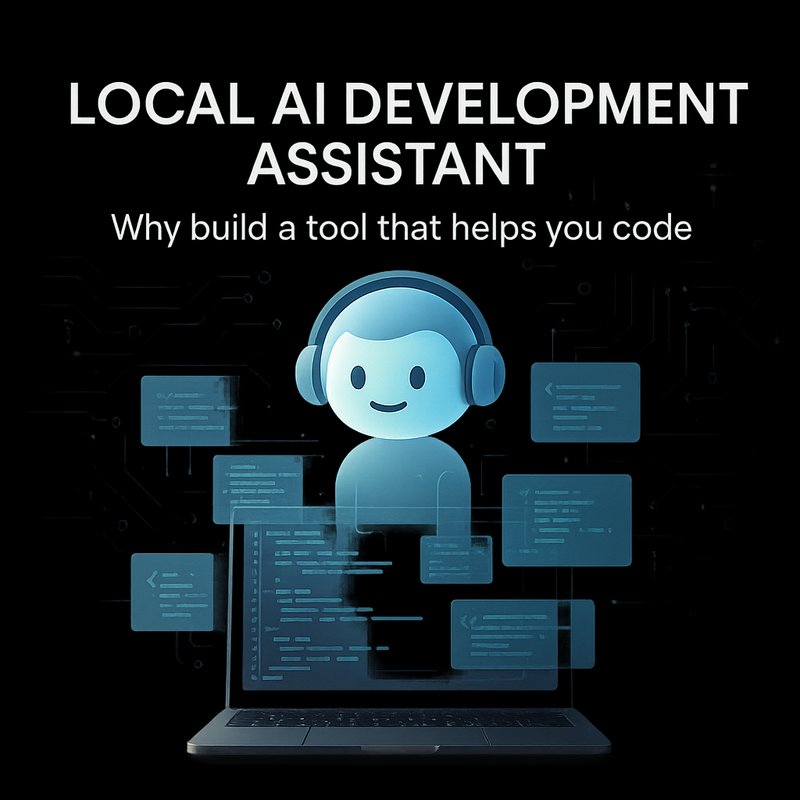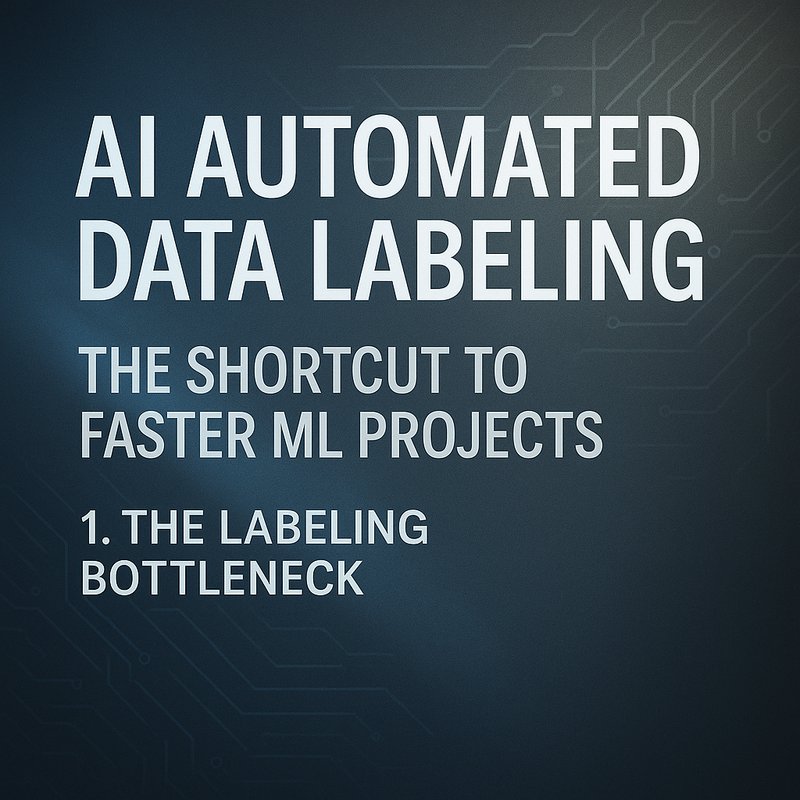AI agent workflows have become the go‑to method for developers looking to speed up coding, improve collaboration, and add smart automation to everyday projects. In 2025, a handful of tools—Cursor AI, Galileo AI, Devin, and Google Gemini—have pushed the envelope, making it easier to build, test, and ship intelligent applications in a fraction of the time.
The Rise of AI‑Powered Coding
When we started writing code, it was all about writing syntax, testing, and debugging. Today, the same tasks can be handled by an AI that reads context from your repository, understands your intent, and even writes complete functions.
- Cursor AI added GPT‑5 in its November 2025 update, giving developers line‑level reasoning and private repository training.
- Galileo AI now offers real‑time collaboration; teams can edit mockups directly from Figma prompts.
- Devin is billed as “the first AI software engineer.” It manages pull requests, refactors code, and builds continuously, all while staying safe and autonomous.
These tools show that AI can move from a helper to a collaborator.
Tool Spotlight: What’s New?
Cursor AI – GPT‑5 Powered Code Suggestions
Cursor’s latest release is a major upgrade. By integrating GPT‑5, the AI can keep track of your project context and propose code changes that fit your style. Because it learns from your own repository, the suggestions feel like a second pair of hands that know your coding habits.
Galileo AI – Collaboration in the Cloud
Galileo now lets you generate fully editable mockups from text prompts or Figma files. Imagine describing a new login screen and having the AI produce a design you can tweak immediately. This feature turns design from a separate step into part of the coding workflow.
Devin – Automating the Software Engineer’s Work
Devin’s November update focuses on speed and safety. The AI now handles continuous builds, PR reviews, and even refactoring, freeing developers to think about product instead of maintenance. Because it works inside your repo, it respects your codebase’s rules and can be trained on your own style guidelines.
Google Gemini 3 – Agent‑Like Capabilities
Google’s Gemini 3 promises “agent‑like” performance for complex multimodal tasks. Combined with Gemini Nano Banana 2, developers can generate images that match code and text, all while the model understands the context of the entire project.
OpenAI GPT‑5 Sync – Real‑Time Reasoning
OpenAI’s GPT‑5 Sync brings real‑time reasoning to the table. The model can answer questions about your code base as it changes, making debugging a conversational experience.
OpenAI Sora 2 – Video Expansion
Sora 2 is no longer invite‑only. It can now generate short video clips from simple prompts, opening doors for interactive tutorials and demo videos built directly in code.
AI In Operations: Troubleshooting and Compliance
Chronosphere AI‑Guided Troubleshooting
Chronosphere introduced a system that uses AI reasoning combined with a Temporal Knowledge Graph. Engineers get precise root‑cause insights, cutting debugging time from hours to minutes.
Moonshot AI Kimi K2 – Open‑Source Model
Kimi K2, an open‑source model from China, shines in reasoning, coding, and agent‑based tasks. Its open‑source nature allows teams to customize it for internal workflows.

Compliance Checks with truelens®
Truelens® now offers batch operations and real‑time progress updates for document compliance. With the latest v1.0.25 release, the system accurately tracks page usage and handles multiple uploads without confusion.
How to Get Started: A Quick Guide
- Choose an AI tool – If you want line‑level coding help, try Cursor AI. For design, grab Galileo. Need an all‑in‑one engineer? Devin is your go‑to.
- Integrate with Neura AI – Neura’s Router connects to over 500 models. Plug your chosen agent into a Neura workflow to add automated email replies, data extraction, or even transcription.
- Build a demo app – Use Cursor AI to write a CRUD service, Galileo to design the UI, and Devin to manage PRs.
- Deploy with Neura’s deployment pipeline – The platform can auto‑deploy to AWS or GCP with zero code changes.
You can read more about Neura’s product lineup here: https://meetneura.ai/products.
Practical Use Case: Building a Chatbot in 2025
- Step 1 – Coding: Use Cursor AI to scaffold the backend with GPT‑5.
- Step 2 – Design: Galileo turns your text prompt into a chatbot UI.
- Step 3 – Testing: Devin runs unit tests and auto‑merges PRs.
- Step 4 – Deployment: Neura’s router pushes the container to Kubernetes.
Within a few days, a fully functional, AI‑powered chatbot is live, with continuous updates as new user queries arrive.
Challenges That Still Exist
Even with powerful agents, developers face constraints:
- Safety – While Devin’s latest update improves safety, developers still need oversight.
- Data Privacy – Training on private repos requires secure handling of code.
- Complex Logic – Some business rules still need a human touch, especially in regulated industries.
Open discussions on these topics are happening on platforms like Hacker News and Reddit, where developers share tips for safe AI usage.
Future Outlook
The next wave of AI agents will focus on deeper integration with cloud services, more sophisticated reasoning, and easier onboarding for non‑technical teams. By 2027, we expect most small‑to‑mid‑size projects to use at least one AI agent for coding or operations.
Conclusion
AI agent workflows have shifted the developer experience from manual coding to collaborative intelligence. Whether it’s Cursor AI’s code suggestions, Galileo’s design automation, Devin’s engineering assistance, or Gemini 3’s multimodal power, the tools available in 2025 make building smart apps faster and more reliable than ever. As these agents mature, the line between developer and AI will blur, opening up new opportunities for creative problem solving.
